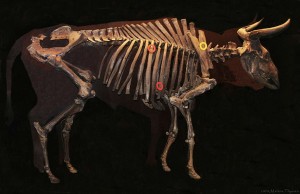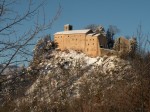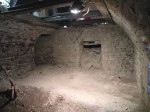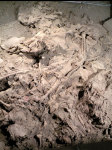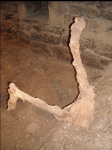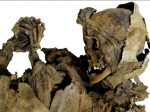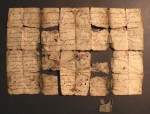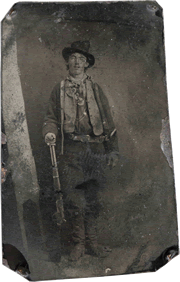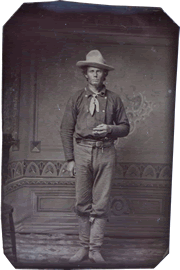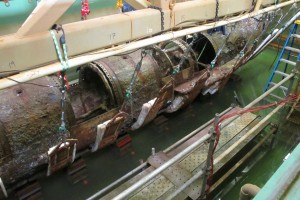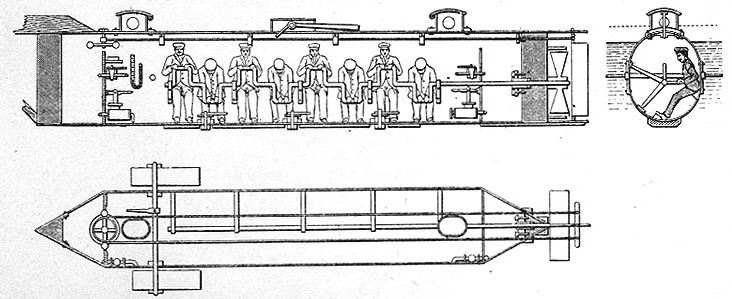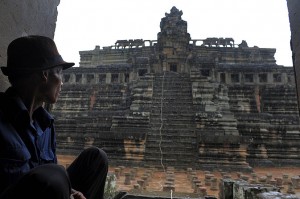 On July 3rd, the thousand-year-old Baphuon temple in Cambodia’s Angkor Thom complex will be officially reopened to the public after it was dismantled into its 300,000 component stones in 1960. It has taken a French and Cambodian restoration team 15 years to pick up where the 1960-1970 restoration was forced to leave off by the advancing Khmer Rouge forces and solve the greatest 3D puzzle in the world.
On July 3rd, the thousand-year-old Baphuon temple in Cambodia’s Angkor Thom complex will be officially reopened to the public after it was dismantled into its 300,000 component stones in 1960. It has taken a French and Cambodian restoration team 15 years to pick up where the 1960-1970 restoration was forced to leave off by the advancing Khmer Rouge forces and solve the greatest 3D puzzle in the world.
The three-tier pyramidical temple was built by King Udayadityavarman II in around 1060. Dedicated to Siva, it was the largest temple in the country until Angkor Wat was built in the next century, and it was famed for its dramatic central tower. With the tower, it was 164 feet (50 meters) high, and 426 by 340 feet (130 x 104 meters) wide. It was built around a sand core, however, and its massive size, hasty construction and thin walls led to structural problems almost from the beginning.
By the 15th century, large portions of it had collapsed, so when it was converted from a Hindu temple to a Buddhist one, builders had no qualms about removing large chunks of rock from the tower to create an abstract outline of a massive reclining Buddha (30 feet high and 230 feet long) on the second tier, endangering the structure even further.
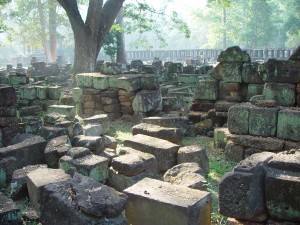 Come the 20th century, the temple was in ruins. The Ecole Francaise d’Extreme-Orient (EFEO), the French organization that was in charge of Angkor conservation since 1908, started an ambitious program of restoration in 1960. Based on successful use of anastylosis by Dutch restorers in Java, the restoration of the Baphuon temple called for the ruins to be completely dismantled, the structure shored up, then the temple rebuilt. Each of the 300,000 sandstone blocks were numbered and spread out over 10 hectares of the surrounding area. Careful records were kept so that they could all be put back together again. This was a dry stone construction — no mortar was used to glue stones together — so every stone was individually shaped to fit together.
Come the 20th century, the temple was in ruins. The Ecole Francaise d’Extreme-Orient (EFEO), the French organization that was in charge of Angkor conservation since 1908, started an ambitious program of restoration in 1960. Based on successful use of anastylosis by Dutch restorers in Java, the restoration of the Baphuon temple called for the ruins to be completely dismantled, the structure shored up, then the temple rebuilt. Each of the 300,000 sandstone blocks were numbered and spread out over 10 hectares of the surrounding area. Careful records were kept so that they could all be put back together again. This was a dry stone construction — no mortar was used to glue stones together — so every stone was individually shaped to fit together.
Soon after the temple was dismantled, the Cambodian civil war broke out. They were working on the second tier when the EFEO restorers were expelled from the country and many of the Cambodian restorers and builders were killed. When the KR took Phnom Penh in 1975, the EFEO offices were ransacked and all the records lost.
In 1995, after the civil war of the 1980s and the political turmoil of the early 1990s settled down, the EFEO restorers were allowed back into the country under the leadership of Pascal Royere. Without the original plans, however, the undertaking was daunting to the point of impossibility.
“It has been said, probably rightly so, that it is the largest-ever 3D puzzle,” Royere told AFP.
The team carefully measured and weighed each block and then relied on archive photos stored in Paris, drawings and the recollections of Cambodian workers to figure out where each part fits.
“We were facing a three-dimensional puzzle, a 300,000-piece puzzle to which we had lost the picture. And that was the main difficulty of this project,” Royere said.
 Thankfully the EFEO offices in Paris had photographs of the site stretching back to 1910, so the team was able to track certain blocks and figure out where they went based on where they had been. Sometimes they would find the block they were looking for in 10 minutes, sometimes in three weeks. Royere was also fortunate to have the spry mind of Jacques Dumarcay, the architect who had supervised the dismantling in the 1960s, on his side, and about 30 Cambodian workers who had worked on Angkor projects in the 60s and 70s and had survived the genocidal rule of the Khmer Rouge. One of them, Mith Priem, is now a team supervisor at Baphuon. He was able to recognize patterns on the stones based on his decades-old experience and train new workers to do the same.
Thankfully the EFEO offices in Paris had photographs of the site stretching back to 1910, so the team was able to track certain blocks and figure out where they went based on where they had been. Sometimes they would find the block they were looking for in 10 minutes, sometimes in three weeks. Royere was also fortunate to have the spry mind of Jacques Dumarcay, the architect who had supervised the dismantling in the 1960s, on his side, and about 30 Cambodian workers who had worked on Angkor projects in the 60s and 70s and had survived the genocidal rule of the Khmer Rouge. One of them, Mith Priem, is now a team supervisor at Baphuon. He was able to recognize patterns on the stones based on his decades-old experience and train new workers to do the same.
They attempted computer modelling but it wasn’t as helpful as the experience and knowledge of the people who had been involved in the original project. Ultimately this immense 3D puzzle would be solved by dedicated people with good memories working hard for a decade and a half.
The rebuilding has taken a good seven years longer than the earliest overly optimistic projections, but partial access was allowed to visitors starting in May 2006. There’s a lovely photo gallery of the restored Baphuon temple here, and video accompanying the AFP story here.

